Teaching Ornithology in High Schools
10,000 Birds
FEBRUARY 9, 2021
In 2018, I read an article in Birding magazine by Jeff R. ” His classes attracted diverse groups of students, often with little scientific background: “Students have to first pass biology, but most come in knowing next to nothing about birds except that they can fly, that they have feathers, and that they lay eggs.”.


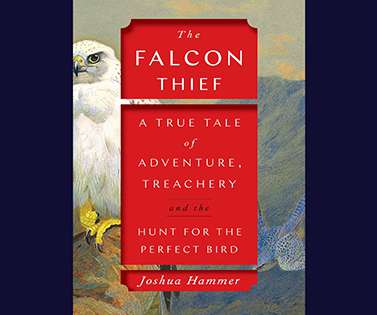
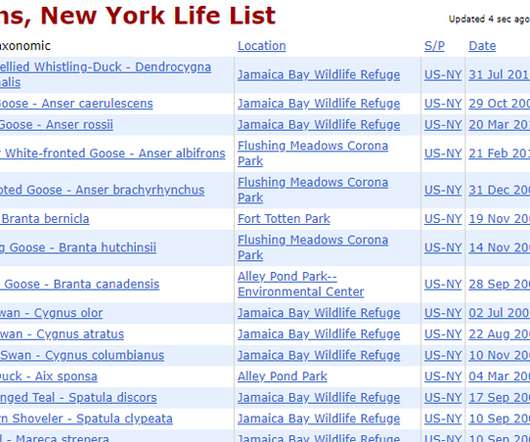


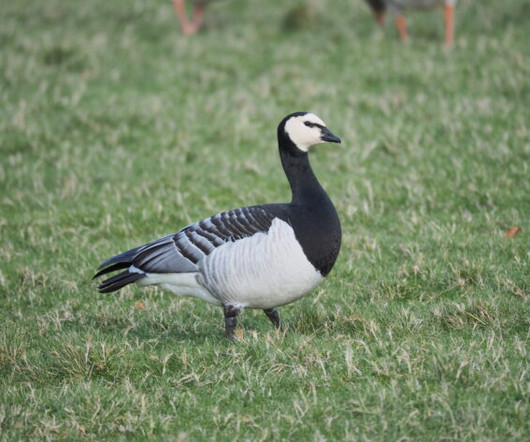



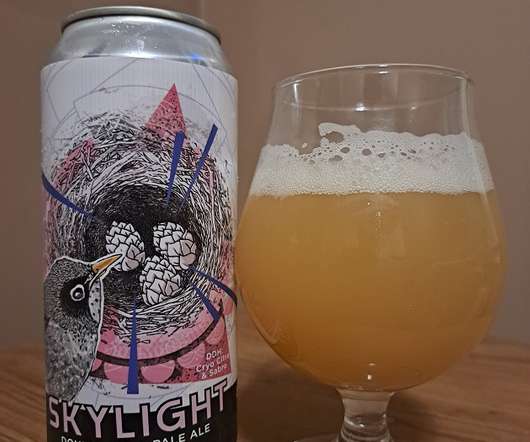



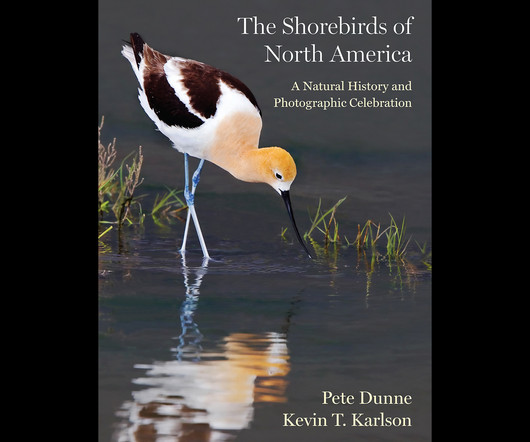
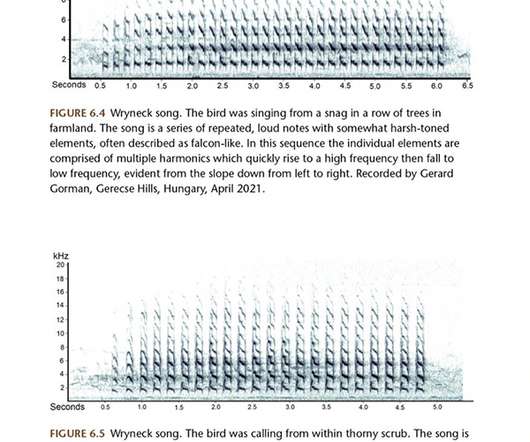








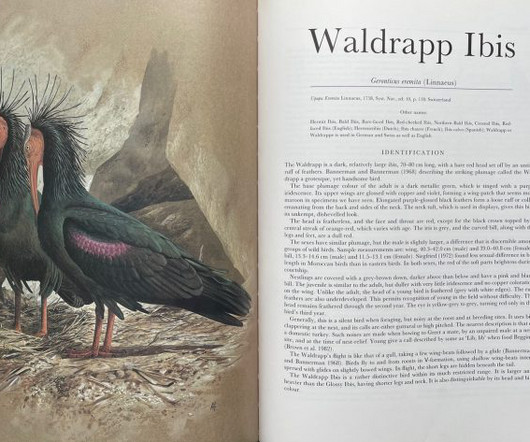
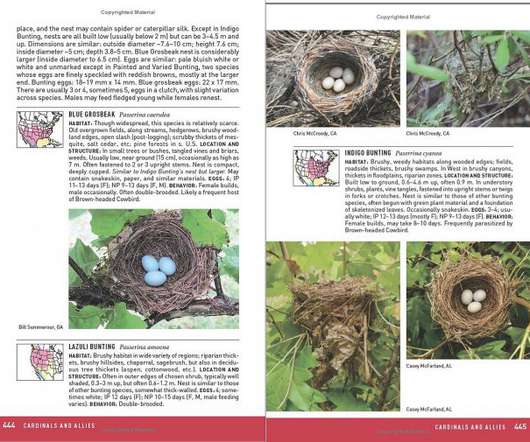


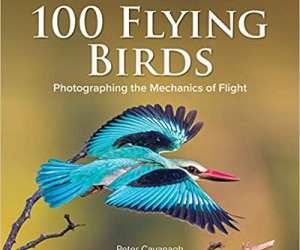

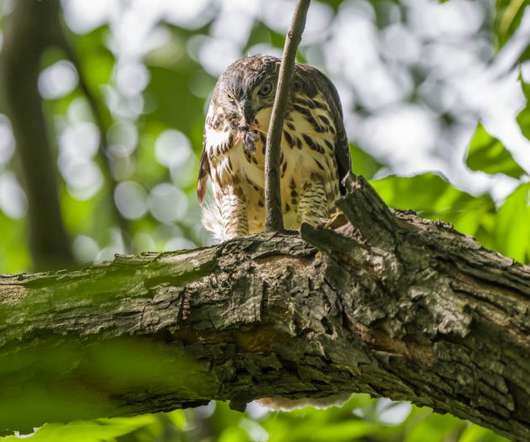






Let's personalize your content